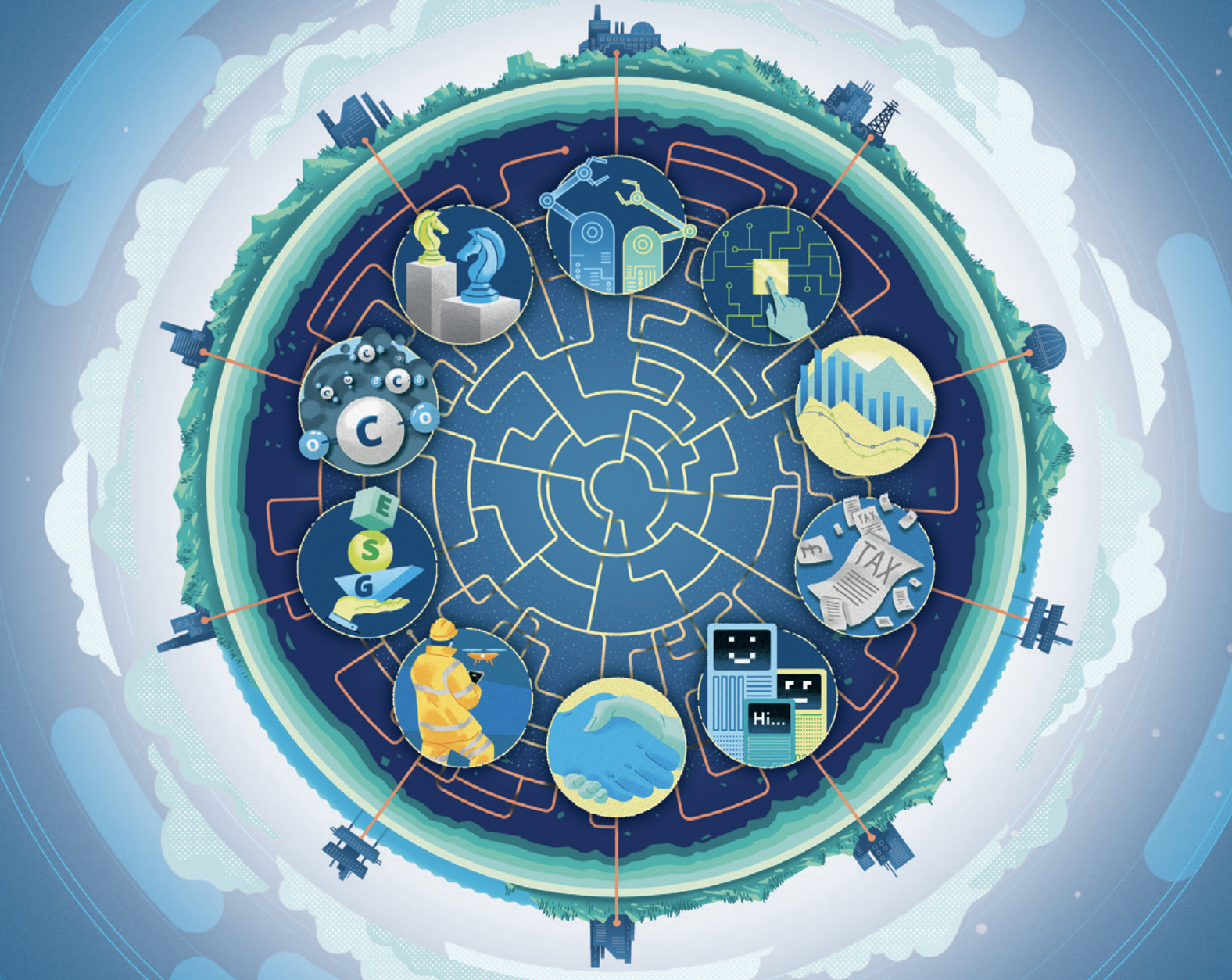

The truth is we wouldn’t be here without you. Not only are we filling a void in environment coverage, but we’re also telling stories differently - by centring Indigenous voices, by building community and by doing it all as a people-powered, non-profit outlet supported by more than 3,500 members. And at a time when most news organizations have been laying off reporters, we’ve hired five journalists over the past year.

#Caj viewer for win 10 free
Our independent, ad-free journalism is made possible because the people who value our work also support it (did we mention our stories are free for all to read, not just those who can afford to pay?).Īs a non-profit, reader-funded news organization, our goal isn’t to sell advertising or to please corporate bigwigs - it’s to bring evidence-based news and analysis to the surface for all Canadians. The Narwhal’s award-worthy journalism is made possible by the more than 3,100 monthly members.Īnd since you’re here, we have a favour to ask. Launched just three years ago, The Narwhal is ad-free, non-profit and has just eight full-time employees.

The Narwhal was also nominated for Amber Bracken’s photo essay of the Wet’suwet’en matriarchs who were arrested by RCMP officers enforcing the Coastal GasLink pipeline injunction in January 2020, along with seven other awards.īoth Elkaim’s and Bracken’s photo essays are also currently nominated for photojournalism awards with the 2021 National Magazine Awards. His photo essay documenting the impacts of oilsands development on the Fort Mckay First Nation took home the Canadian Association of Journalists photojournalism award in 2019.Įlkaim’s work has been published in The New Yorker, The New York Times, National Geographic, TIME, Telegraph Magazine, The Canadian Press and The Globe and Mail. The award is Elkaim’s second for The Narwhal. “We are incredible honoured to receive this recognition for telling an often-overlooked story.” “We launched The Narwhal to tell stories that are often out of sight and out of mind,” Gilchrist said. The award is a demonstration of The Narwhal’s commitment to powerful visual storytelling, The Narwhal’s co-founder and editor-in-chief, Emma Gilchrist, said. They are now just drifting down the Nelson River.” Photo: Aaron Vincent Elkaim “Hydro is flooding our sacred grounds, where people were buried 50 or 100 years ago. “Skull and bones are starting to pop out here and there along the banks,” Kitchekeesik says. The banks of the cemetery have been reinforced by riprap to prevent erosion after human remains were found exposed. “And yet, these projects have massively transformed the province’s northern ecosystems, impacting the culture, lives and livelihoods of Indigenous communities.” Father Kennith Kitchekeesik administers a funeral in Split Lake in northern Manitoba. “Manitoba’s hydroelectric dams have always been marketed as clean, renewable energy,” Elkaim writes. Ninety-seven per cent of energy produced in Manitoba comes from hydroelectricity. The award for photojournalism went to Aaron Vincent Elkaim for his in-depth photo feature that examines the impacts of hydro development in northern Manitoba within the larger contextual legacy of ongoing environmental colonialism in Canada.Įlkaim spent several years travelling to Indigenous communities impacted by six major hydro dams built along the Nelson River, which have flooded and destroyed ecosystems, polluted water, degraded fish quality and exacerbated the problem of economic and food insecurity in the remote region. The Canadian Association of Journalists presented The Narwhal with an award for photojournalism Saturday, during a Zoom gala to celebrate excellence in journalism produced in 2020.


 0 kommentar(er)
0 kommentar(er)
